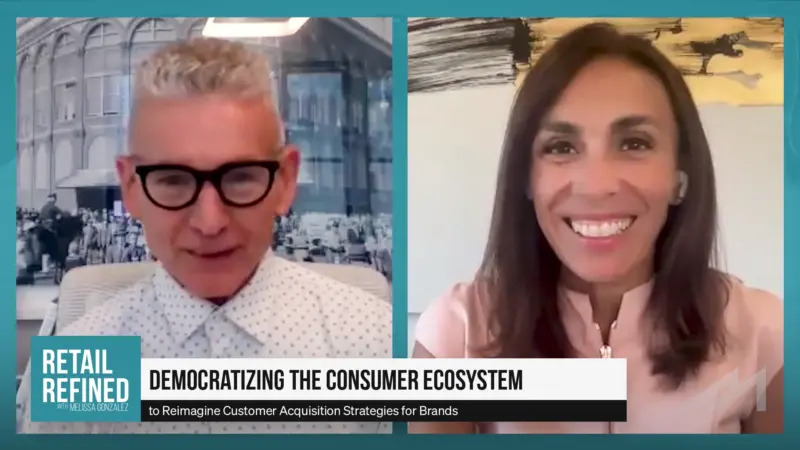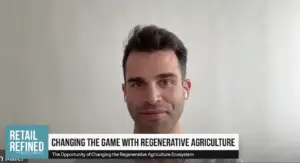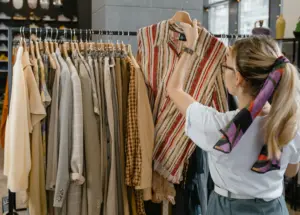Are Pop Up Shops The Way Of The Future For Physical Retail?
In this age of information and access, the element of surprise has largely gone missing. With just a few clicks, consumers can find nearly any sort of product or service they want. To break free of this mundane internet market, small businesses and corporate giants alike launch creative pop-up shops.
How Pop-Up Shops Come to Be
Back in the early 2000s, e-commerce began to boom. As the online marketplace became familiar to consumers, many businesses hit a rut. When announcing new products or trying to establish a brand, it was hard to actually connect with consumers through all the noise of the internet. Enter: the pop-up shop.
As a short-term retail location, a pop-up shop is intended to take consumers by surprise. These shops are visually-appealing, temporary spaces that business owners or corporations use to:
- Introduce and sell a new product
- Showcase products typically only featured online
- Host giveaways as promos
- Test out retail ideas and locations
Small business owners commonly create pop-up shops at venues like farmer’s markets. Large corporations, like Google, often create their pop-up shops in small storefronts in major cities around the globe.
Tracking the Trend
Research shows that the average pop-up gains its company a 35% increase in sales and a 30% increase in social media engagement. Since companies ranging from small online retailers like Birchbox to corporate giants like Marie Claire have found success through pop-up shops, this trend is likely to continue to grow.
Creating Curiosity and Cultural Fads Quickly
The allure of the pop-up shop is multi-faceted. Pop-up shops allow businesses big and small to offer consumers:
- Excitement over something new
- Urgency since the spaces are temporary
- Exclusivity as the shops are small
- Hands-on interaction with products or a brand
- Something unique to share on social media
As a result of these benefits for consumers, pop-up shops promote and raise awareness of brands or product while inciting curiosity. Fads often develop around pop-ups due to the element of surprise they offer to bored consumers.







